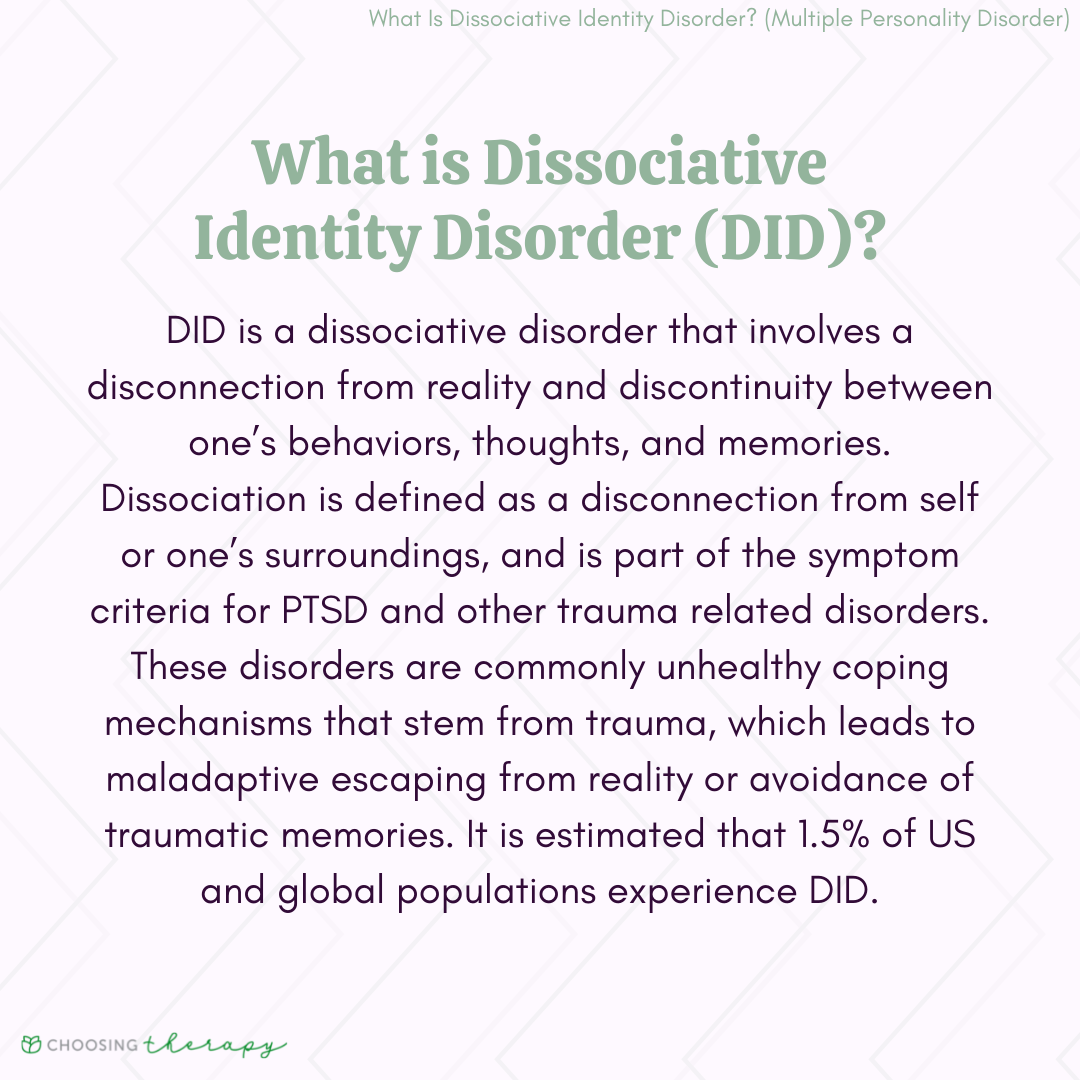How the Power-Driven Printing Press Transformed News: From Partisan Commentary to Objective Reporting
Introduction: The Turning Point in News Reporting
The evolution of journalism in the United States and globally has been marked by significant technological advancements. Among the most transformative was the advent of the power-driven printing press . This innovation not only revolutionized the production and distribution of newspapers but also led editors to substitute partisan commentary with more objective and factual news reports [5] . Understanding this shift is essential for anyone interested in the media’s role in shaping public opinion and fostering democratic discourse.
The Partisan Press Era: Media Before the Printing Revolution
Before the introduction of power-driven presses, newspapers in the 18th and early 19th centuries were typically aligned with political parties or influential individuals. Publications openly advocated for specific political ideologies, and editorial content often blurred the lines between news and opinion. This era, known as the “partisan press,” saw editors acting as political actors, using their platforms to sway public sentiment and advance party agendas.
Because printing technology was labor-intensive and costly, only a limited number of papers could be produced. Distribution was likewise restricted, often targeting select audiences who shared the publisher’s political leanings. This created echo chambers, reinforcing partisan perspectives and limiting exposure to alternative viewpoints.
The Game-Changer: Power-Driven Printing Presses
The introduction of power-driven printing presses in the early to mid-19th century marked a dramatic shift in how news was produced and consumed. These presses enabled newspapers to be printed in much larger quantities at significantly lower costs [5] . The result was the birth of the “penny press,” affordable newspapers targeting mass audiences rather than political elites.
This technological leap democratized access to information. Editors, now able to reach broader and more diverse readerships, found it financially advantageous to appeal to common interests rather than narrow political factions. As a result, newspapers began focusing on objective reporting and factual accounts of events, providing content that was more relevant and accessible to the general public.
Example: The New York Sun, founded in 1833, is often cited as an early “penny press” paper that prioritized sensational news and objective reporting over partisan editorializing. Its success inspired others to adopt similar models, further accelerating the decline of overtly partisan commentary in mainstream journalism.

Source: bernardmarr.com
Step-by-Step: How Technology Changed Editorial Practices
- Mechanization of Printing: The adoption of steam-powered and later electrically powered presses increased the speed and volume of newspaper production. This made it possible to circulate thousands of copies daily, reaching wide swaths of the population.
- Economic Incentives: Larger audiences attracted more advertisers. Editors realized that objective news reporting appealed to a broader demographic, which in turn maximized advertising revenue and circulation figures.
- Professionalization: As newspapers grew, so did the need for standardized practices. Journalism schools began to emerge, emphasizing impartiality, fact-checking, and ethical reporting.
- Audience Feedback: With greater reach came more feedback from readers, prompting editors to further refine their content to meet public demand for accuracy and relevance.
Each of these steps contributed to the gradual replacement of overtly partisan commentary with more objective news content-a transformation deeply rooted in the possibilities unlocked by industrial-era printing technology.
Challenges and Unintended Consequences
While the power-driven press fostered objectivity, it did not eliminate bias or partisanship entirely. Economic pressures sometimes led to sensationalism or “yellow journalism,” where facts were exaggerated for commercial gain. Additionally, ownership concentration in the media industry raised concerns about editorial independence and diversity of viewpoints.
In the 21st century, new technologies-such as algorithms and artificial intelligence-have introduced fresh challenges. Algorithms designed to surface trending news may inadvertently amplify partisan or misleading content, reinforcing polarization [1] . Similarly, the rise of deepfake technology threatens to blur the line between fact and fiction, undermining public trust in news sources [3] .
Practical Guidance: Accessing Reliable, Objective News Today
Given the complexities of today’s media environment, consumers seeking objective news should:
- Consult multiple reputable news outlets to cross-check facts and identify potential bias.
-
Look for established organizations
with transparent editorial standards and a track record of accuracy. For instance, major newspapers like
The New York Times
or
The Wall Street Journal
publish codes of ethics and corrections policies on their official websites. To find these, search for the publication’s name along with “ethics policy” or “editorial standards.” -
Use fact-checking services
from recognized nonpartisan organizations. Examples include the
Poynter Institute
and
FactCheck.org
. To access their resources, search for “Poynter fact-checking” or “FactCheck.org” using your preferred search engine. - Be cautious of algorithmically curated news feeds on social media platforms, as these may inadvertently highlight partisan or sensational content [1] .
If you are unsure about the credibility of a news source, consider checking its background through media literacy resources provided by journalism schools or reputable educational organizations.

Source: johndhylton.z13.web.core.windows.net
Alternative Approaches and Modern Innovations
While the power-driven press remains a historical turning point, the media landscape continues to evolve. Today, some digital platforms experiment with AI-driven curation to reduce bias, though concerns about algorithmic transparency and fairness persist [4] . Others promote “spin-free” or “neutral” reporting, but achieving true impartiality remains an ongoing challenge.
Many organizations now offer media literacy programs to help the public navigate misinformation and identify trustworthy reporting. To find such programs, search for “media literacy initiatives” from university communication departments or nonprofits dedicated to journalistic integrity.
Summary and Key Takeaways
The power-driven printing press was the catalyst that led editors to substitute news reports for partisan commentary, fundamentally changing the nature of journalism [5] . While the pursuit of objectivity in the news has faced-and continues to face-many challenges, technological innovation remains central to the evolution of media. By understanding this history and using available resources, readers can better access reliable information in an increasingly complex media environment.
References
- [1] Pew Research Center (2022). Mixed views about social media companies using algorithms to find false information.
- [2] PNAS (2021). The consequences of online partisan media.
- [3] Brookings Institution (2020). Is seeing still believing? The deepfake challenge to truth in politics.
- [4] Stanford News (2025). Study finds perceived political bias in popular AI models.
- [5] Gauthmath (2024). What technology led editors to substitute news reports for partisan commentary?
MORE FROM oncecoupon.com













